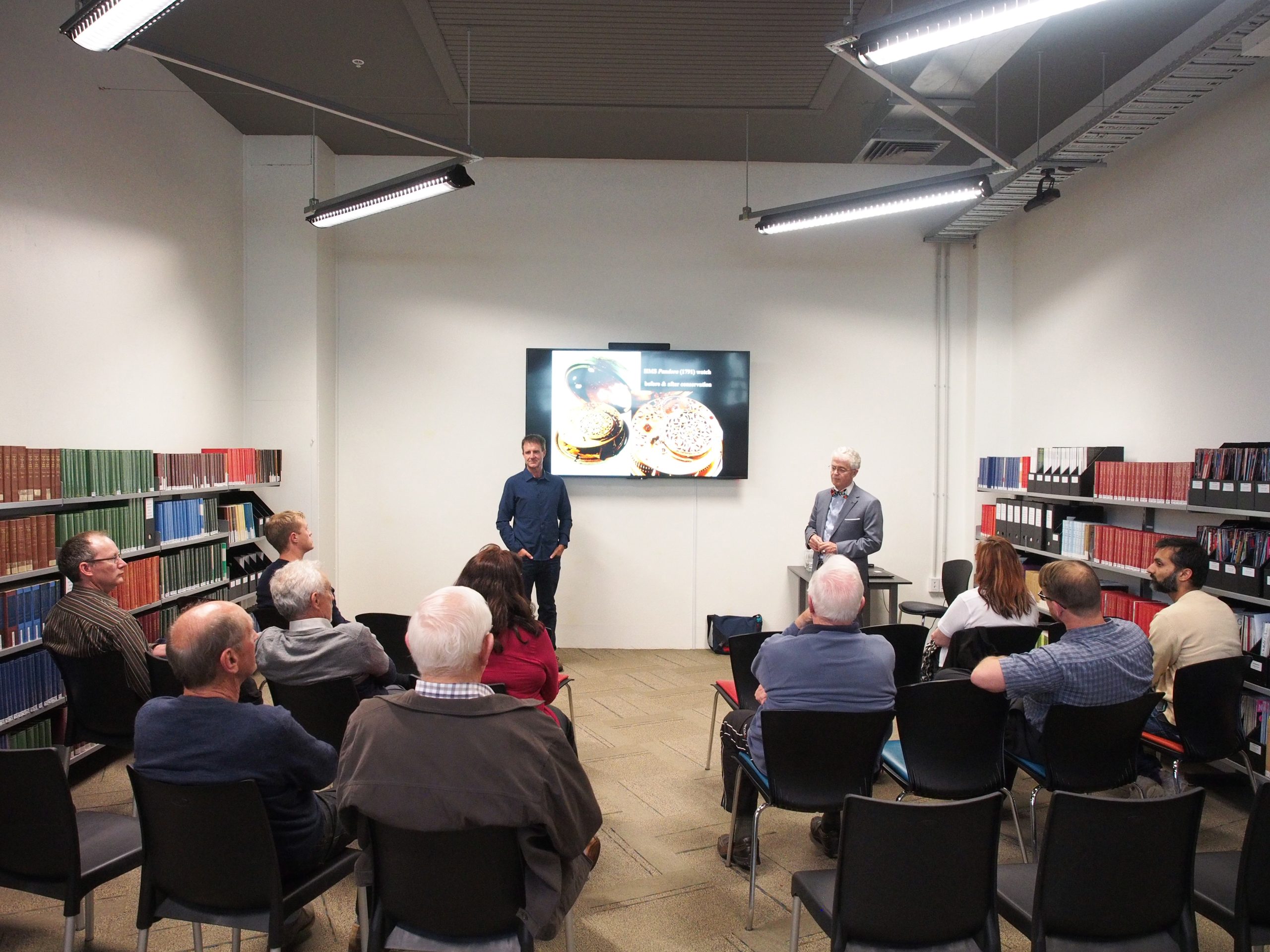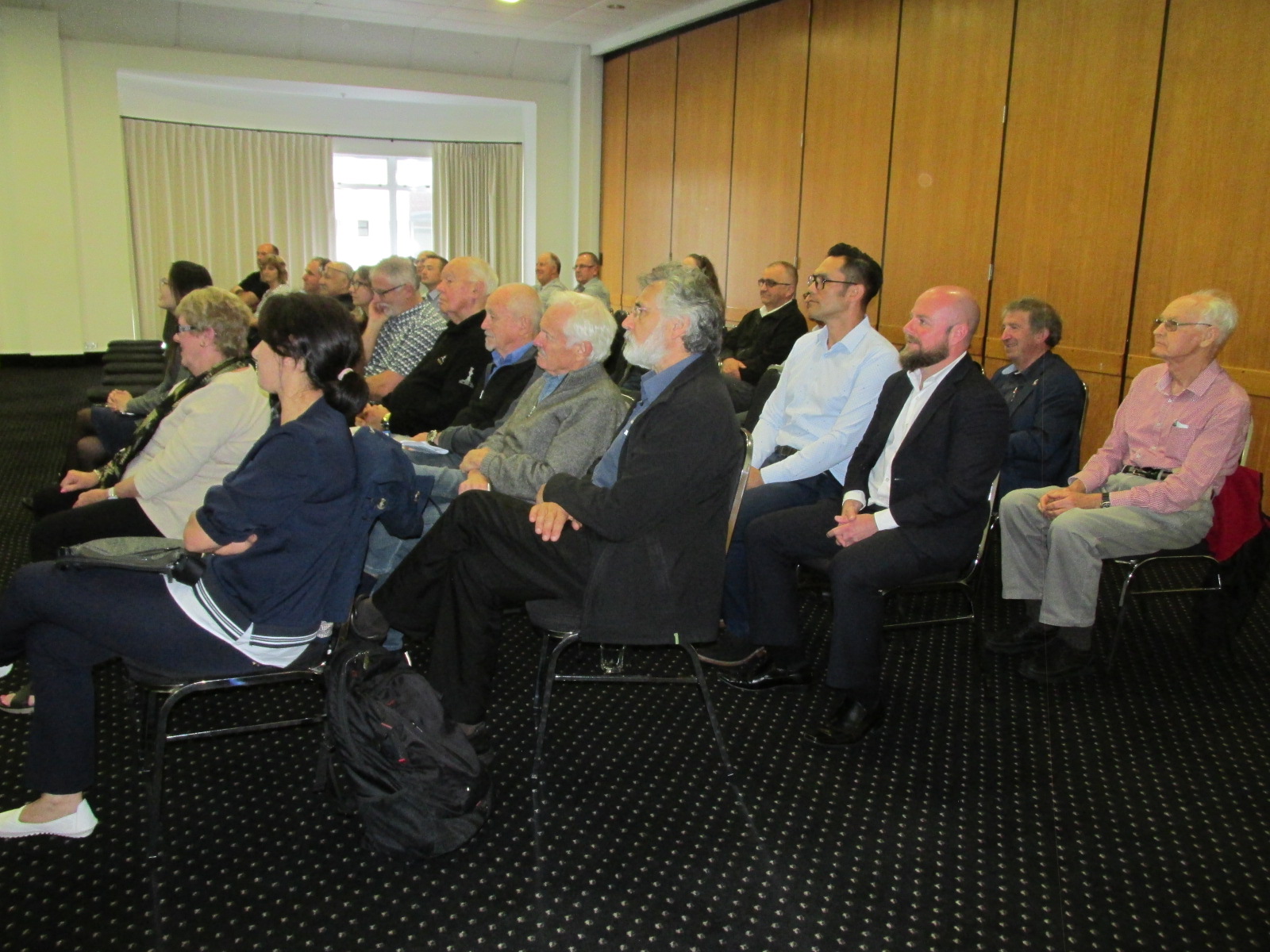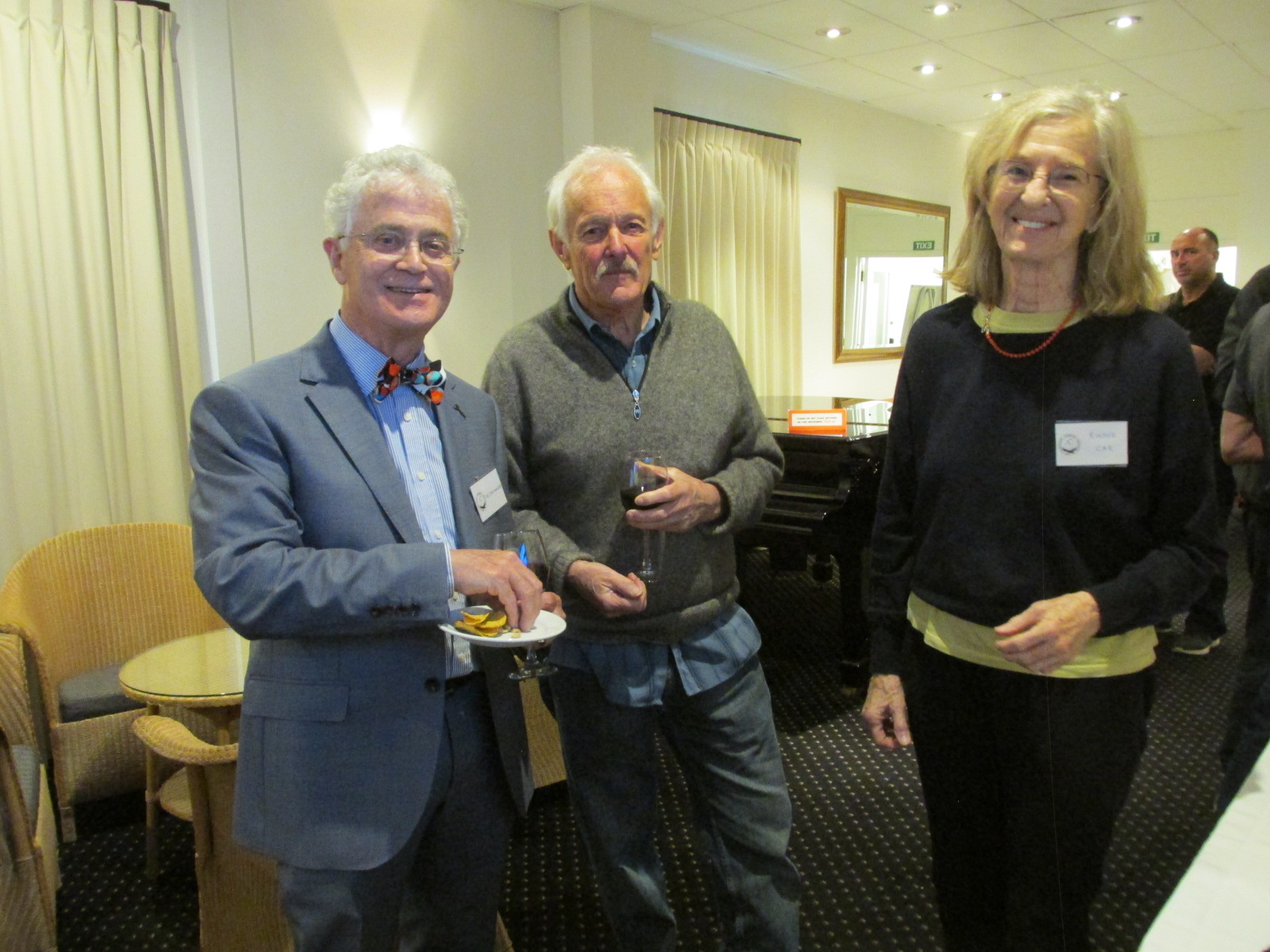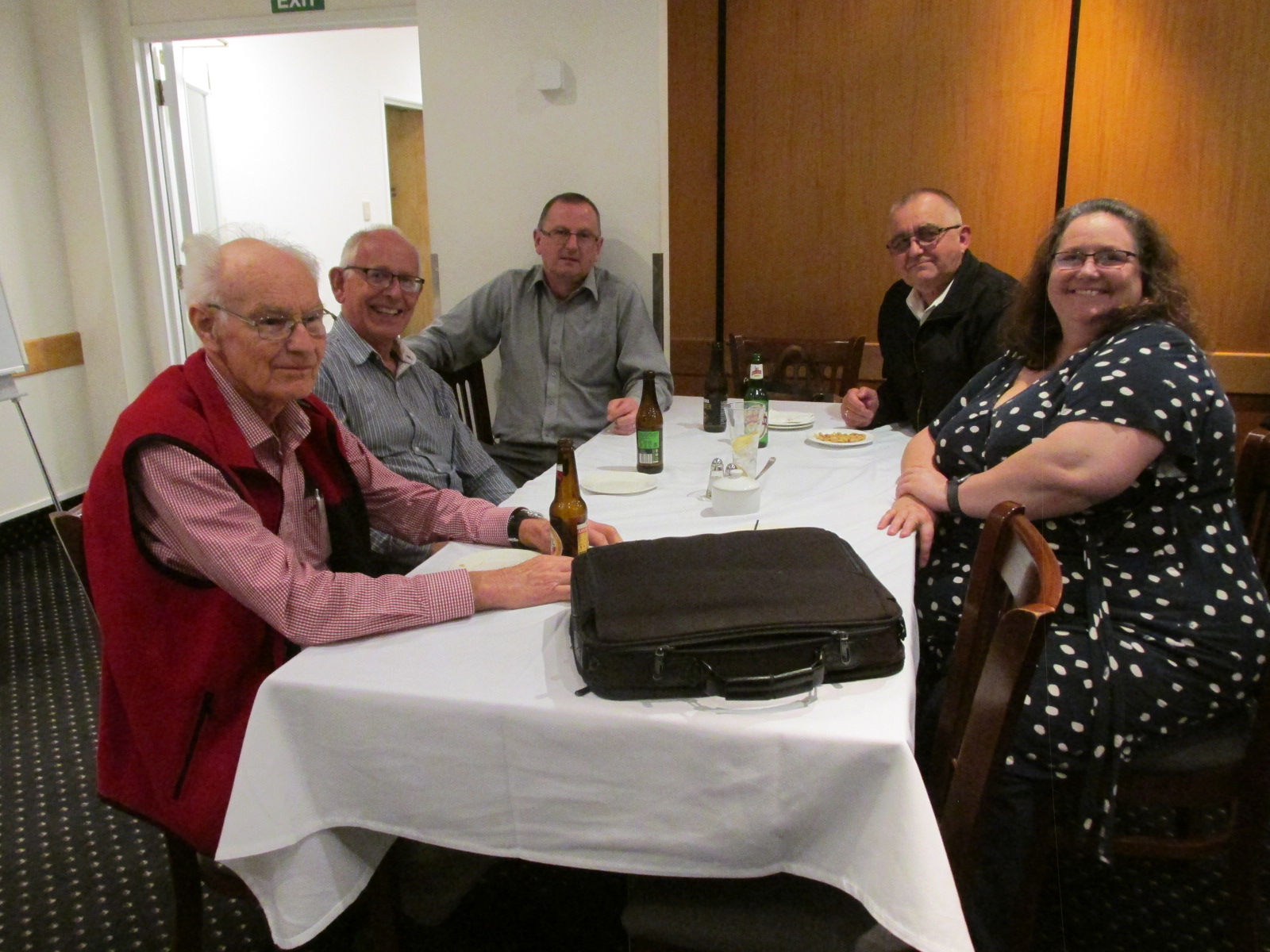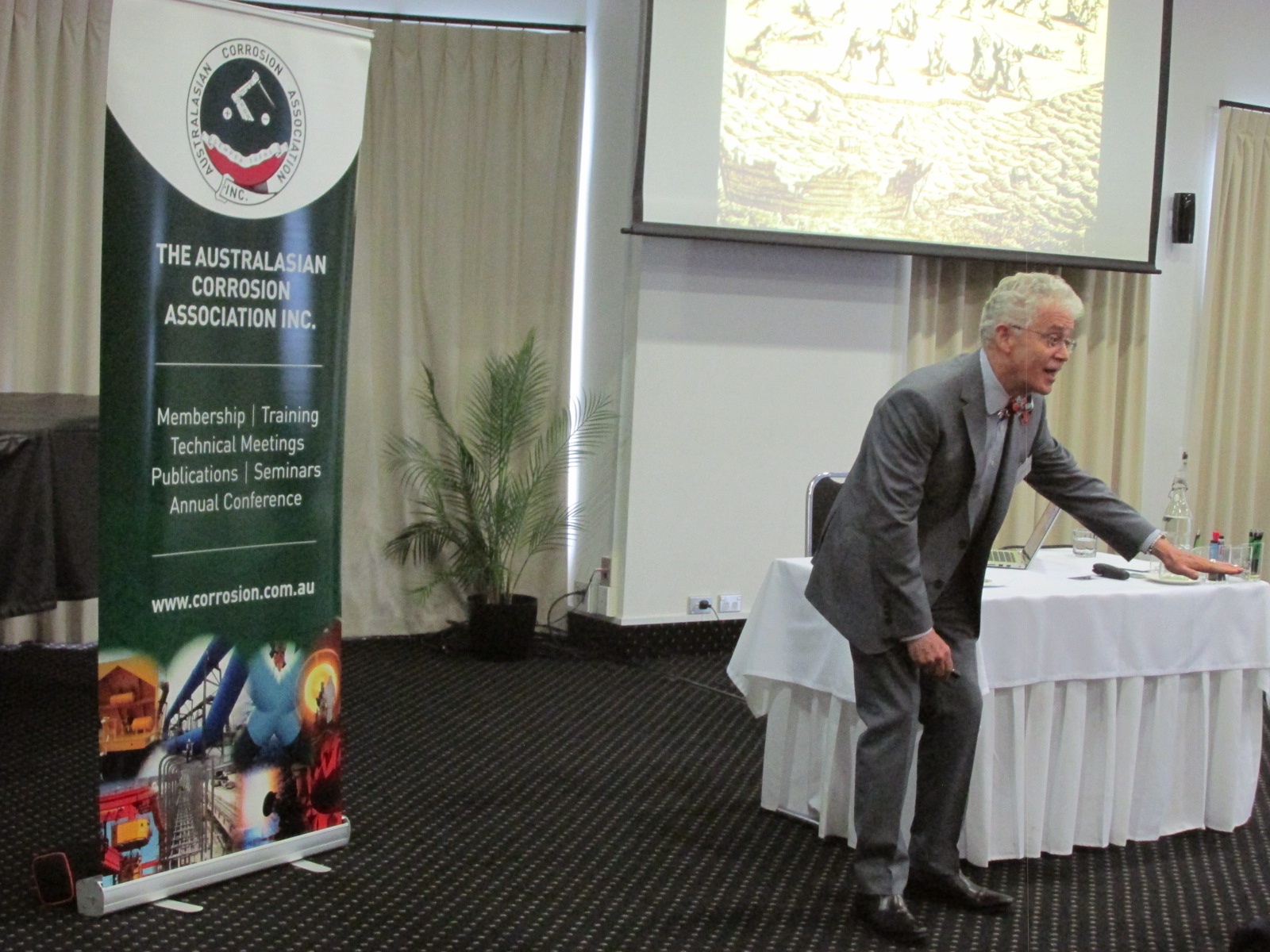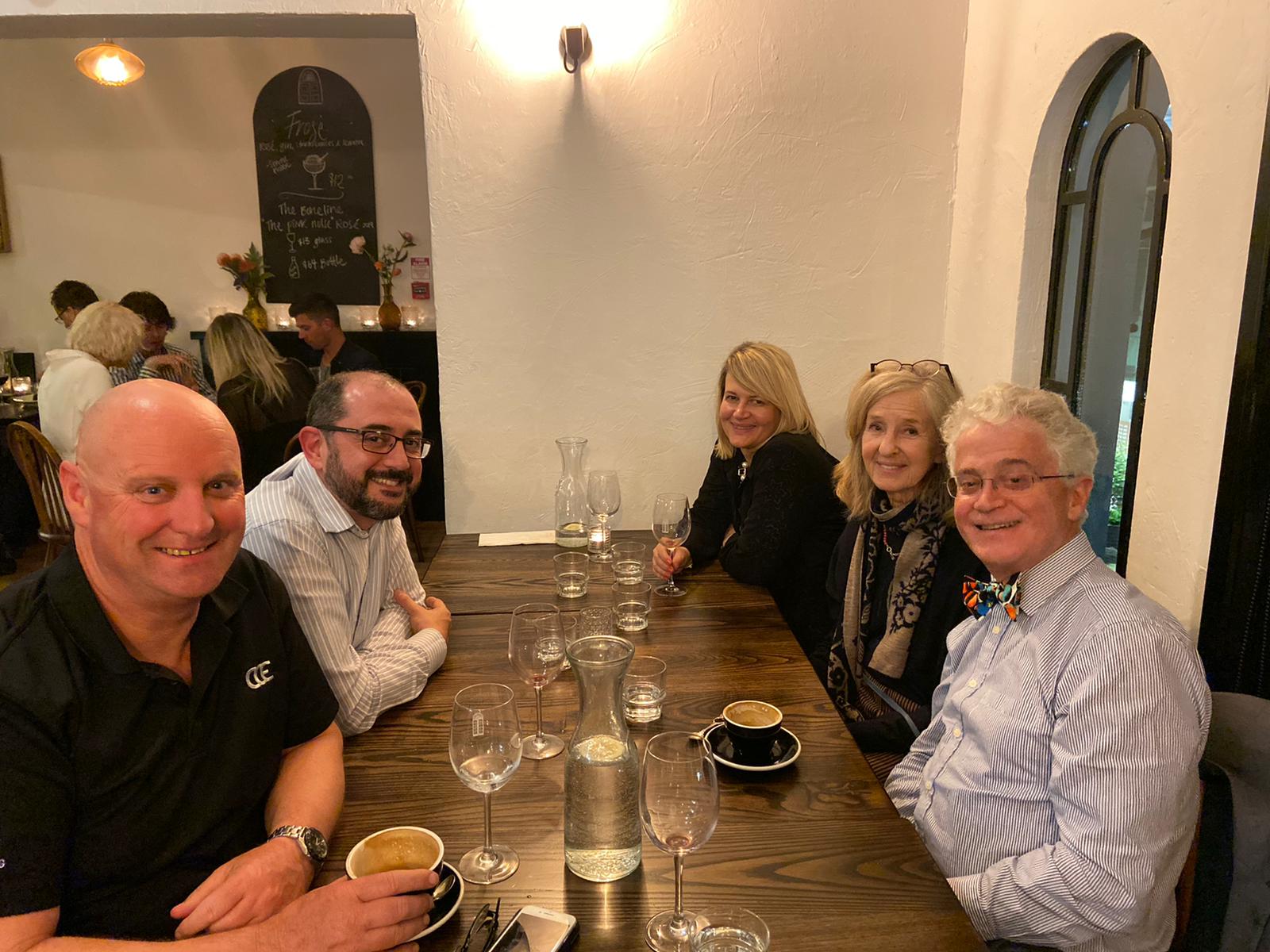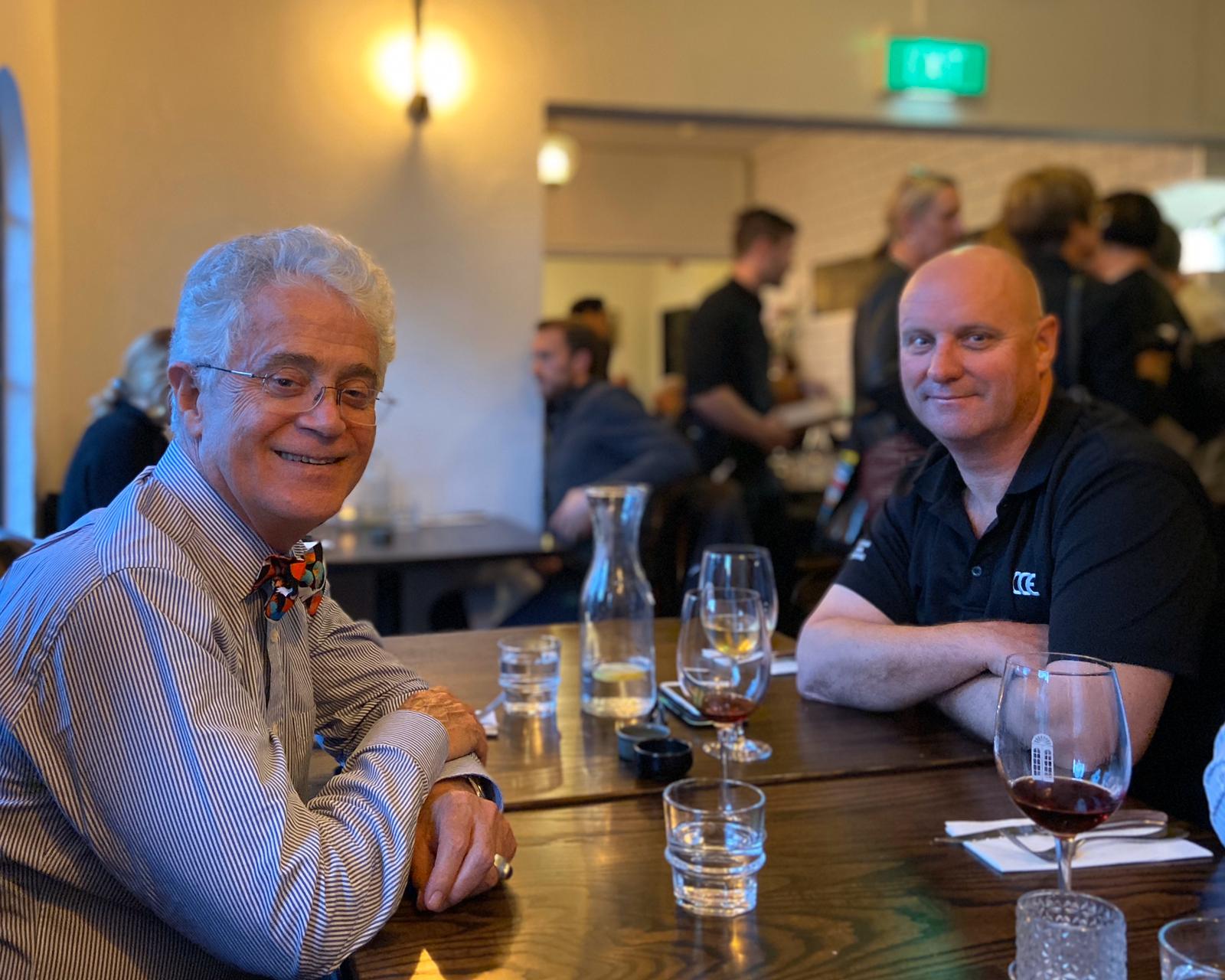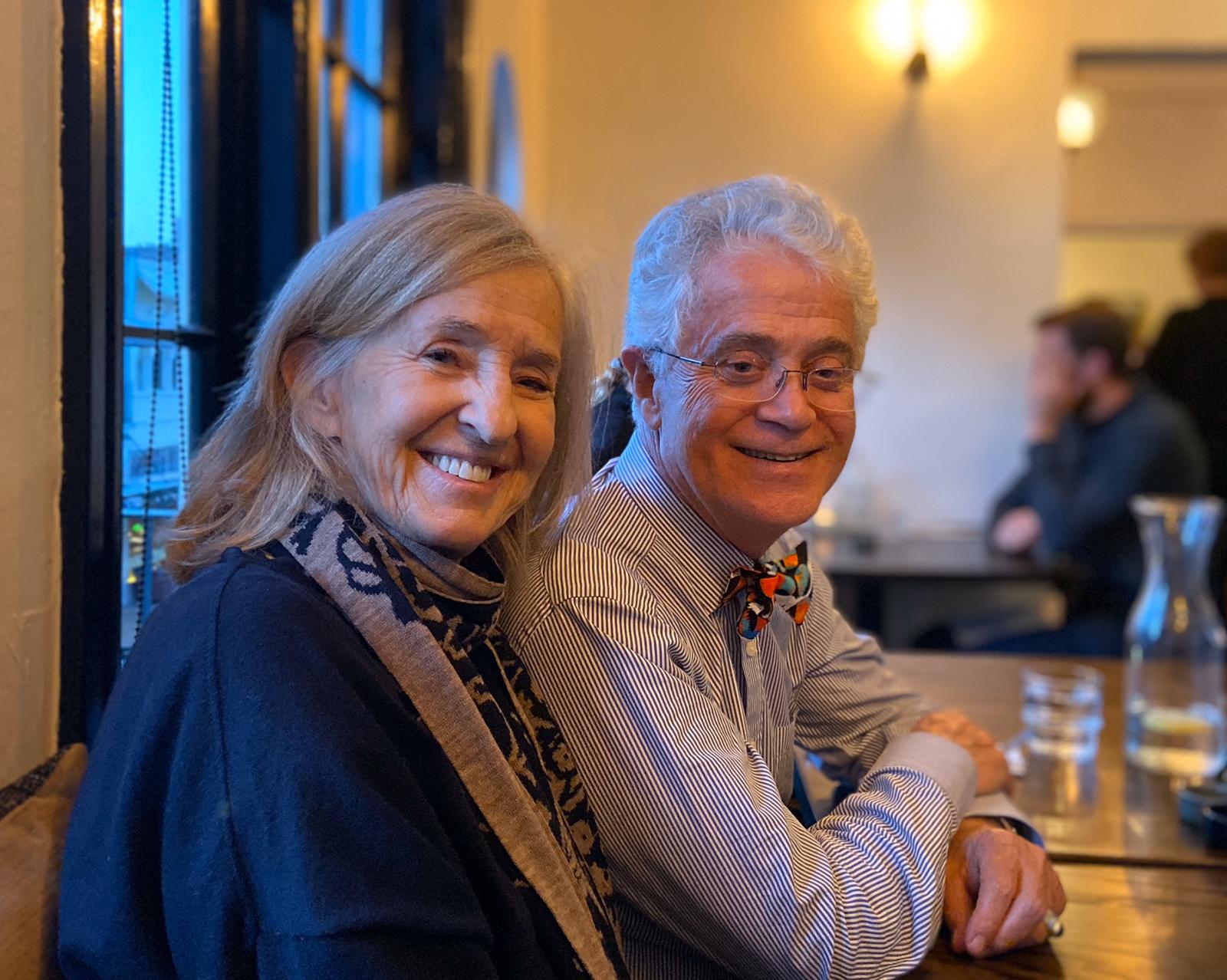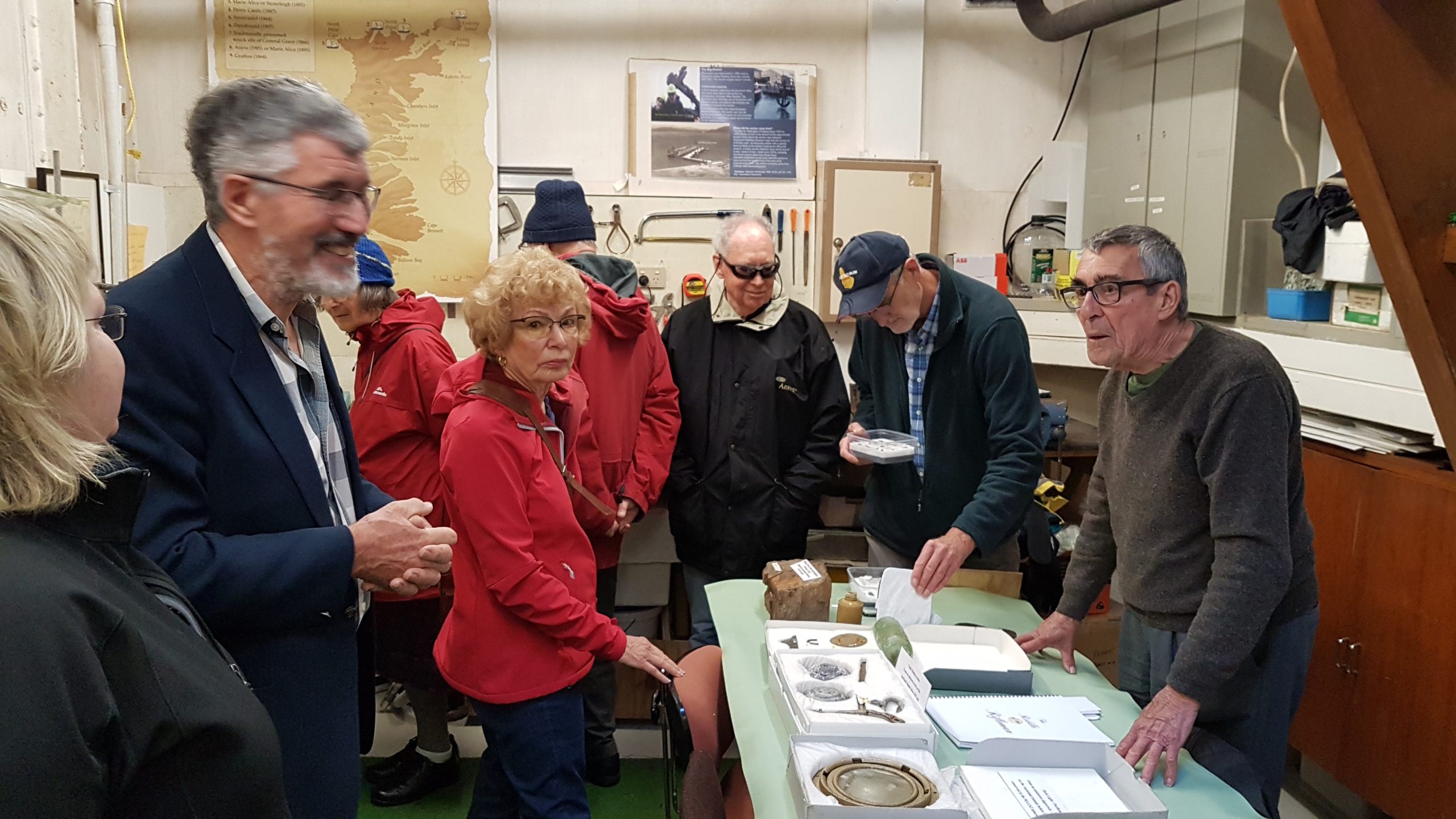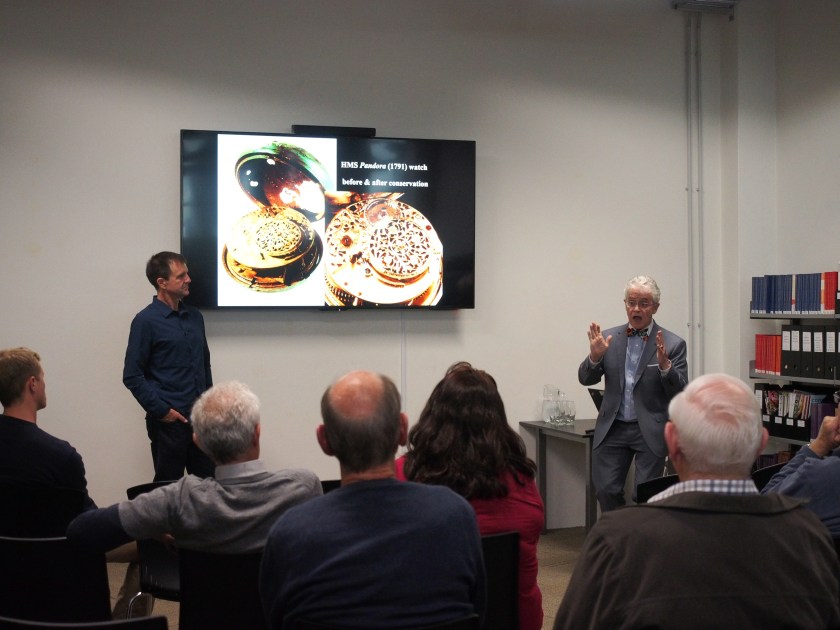The recent lecture tour of New Zealand by Dr Ian MacLeod, a renowned shipwreck conservator from Perth, Western Australia, commenced at the Auckland Division on 11 November (Quality Hotel Parnell, Chair Les Boulton). The tour then moved south to Taranaki Division (13 November; Puke Ariki Museum, Chair Mark Sigley), Wellington Division (18 November; Te Wharewaka Function Centre, Chair Willie Mandeno) and then the new Christchurch Division (21 November; WSP, Chair Raed El Sarraf). The NZ tour by Dr MacLeod was supported by the following Associations and Companies:
- Maritime Archaeological Association of NZ
- NZ Archaeological Association
- NZ Conservation of Cultural Materials Association
- Surface Coatings Association of NZ
- Les Boulton & Associates Ltd
- WSP Christchurch
Ian MacLeod is a Life Member of ACA (WA Branch) and a Fellow of the Western Australian Museum. He was recently made a Member of the Order of Australia (AM) for his lifetime of work mentoring colleagues in the science of shipwreck conservation. Formerly, Dr MacLeod was the Director of the WA Maritime Museum.
The title of his presentation was “Conservation of Cultural Heritage Recovered from Terrestrial and Marine Sites”. After working on 75 shipwreck sites Ian has acquired an international reputation for in situ corrosion studies on historic shipwrecks. The presentation was an account of a number of shipwrecks that Ian and his team have investigated over many years. He commenced by explaining that the island nations of the Southern Hemisphere are littered with historic shipwrecks which have been recording the microenvironment of the oceans since 1622. By studying the layers of decay recorded from recovered degraded metal objects the information they provide assists corrosion scientists and climate scientists with a unique insight into the changing conditions on the seabed and with data on the changing seawater temperatures.
After conducting many years of research Ian has developed a series of novel conservation treatments that extended the life of many degraded underwater artefacts. He outlined the way that shipwreck conservators go about their work underwater and how they investigate and conserve historic shipwrecks without disturbing the remains on the seabed. Ian’s team pioneered the use of sacrificial anodes (such as old aluminium engine blocks) on iron artefacts in the surf zone where seawater is highly oxygenated and corrosive.
Ian then described a recent project involving the underwater examination and conservation of the WW1 Australian submarine HMAS AE2. The WW1 submarine penetrated the Dardanelles during the Gallipoli campaign and it helped save the lives of many New Zealand and Australian troops. The AE2 submarine was lost during the Dardanelles campaign and it was scuttled in 1915 by the crew after forced surfacing by the Turks. The old WW1 submarine has lain on the seabed since the Gallipoli invasion in Turkey and it is now conserved for posterity.
Finally, Ian outlined recent work on early Bronze Age sites on the land in Turkey. This work showed that in situ scientific measurements in soil profiles at the Bronze Age site could enable the prediction of the conservation treatments needed for the bronze objects recovered from historic sites in Turkey.
The presentations at all of the four Centres were followed by lively Q&A sessions and then a social gathering of the attendees.
